Going Green
Our Offset Plan
Carbon Neutral A No Roads Plan
In 2018, the journal Nature Climate Change revealed from a study of over 160 countries, that tourism accounts for roughly 8% of global CO2 (Carbon Dioxide) emissions, almost double what was previously thought.
The broader implication of CO2 emissions is better summarised by the United Nations who states:
There are some basic well-established scientific links:
The concentration of GHGs (Greenhouse gases) in the earth’s atmosphere is directly linked to the average global temperature on Earth;
The concentration has been rising steadily, and mean global temperatures along with it, since the time of the Industrial Revolution;
The most abundant GHG, accounting for about two-thirds of GHGs, carbon dioxide (CO2), is largely the product of burning fossil fuels.
The impact on the places we love, mountains, oceans, forests, and the wildlife that make these regions their home is without question.
What does that mean for the future when our greatest asset is under threat?
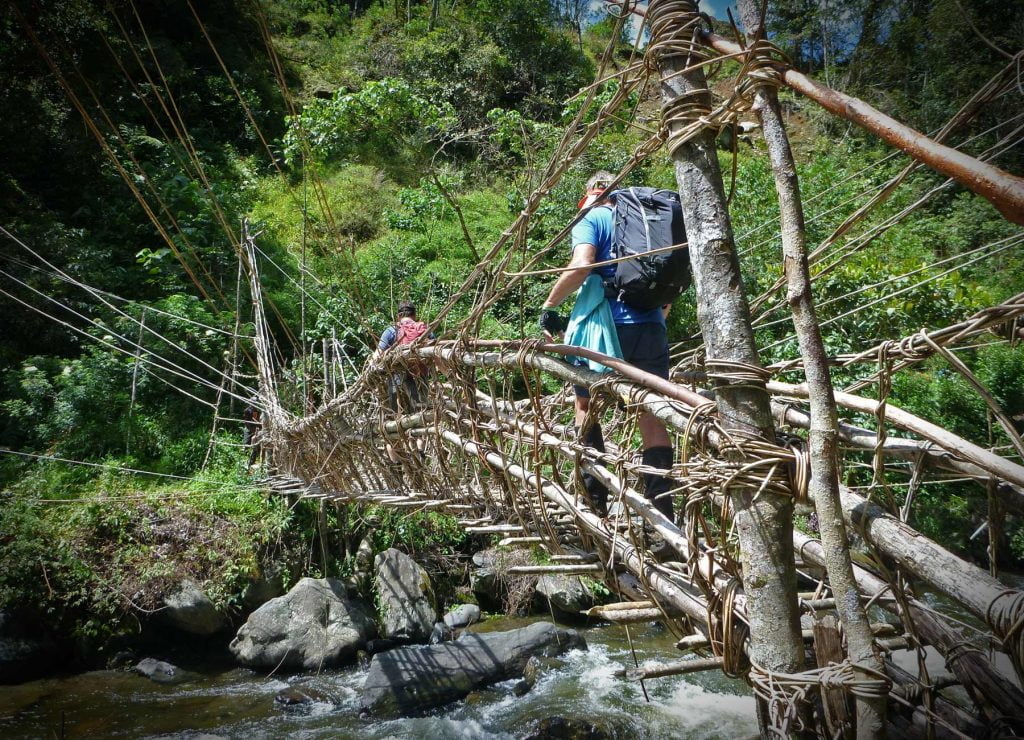
Where Are We Going?
Here at No Roads, we’re aware of our responsibilities, but also realistic.
Whilst much of our travel utilises people power, whether that be hiking through the Dolomites, or paddling around the Komodo Islands, our actions have a larger impact through:
Flights to travel to and from these amazing and often far-flung places
Vehicle transfers or simply driving to an airport
A motorised boat as a support vessel while kayaking or cruising the Galapagos
In fact, almost everything we do in our daily lives impacts global emissions (even buying that morning coffee).
We don’t want you to give up those things that you love (such as adventure or great coffee), but there are things we can do.
Airlines these days offer travellers the opportunity to contribute, to carbon offset their flights, a practice we fully encourage people to consider.
Keep in mind we will offset all your flights when you travel with us.
It is in this same direction that No Roads is also heading by:
Adopting a carbon offset program through the ATTA (Adventure Travel Trade Association) and South Pole
Minimising and where possible eliminating the use of printed paper by transitioning to e-documents
Reducing the impact of our own commuter emissions by abandoning our traditional office and working from a virtual office
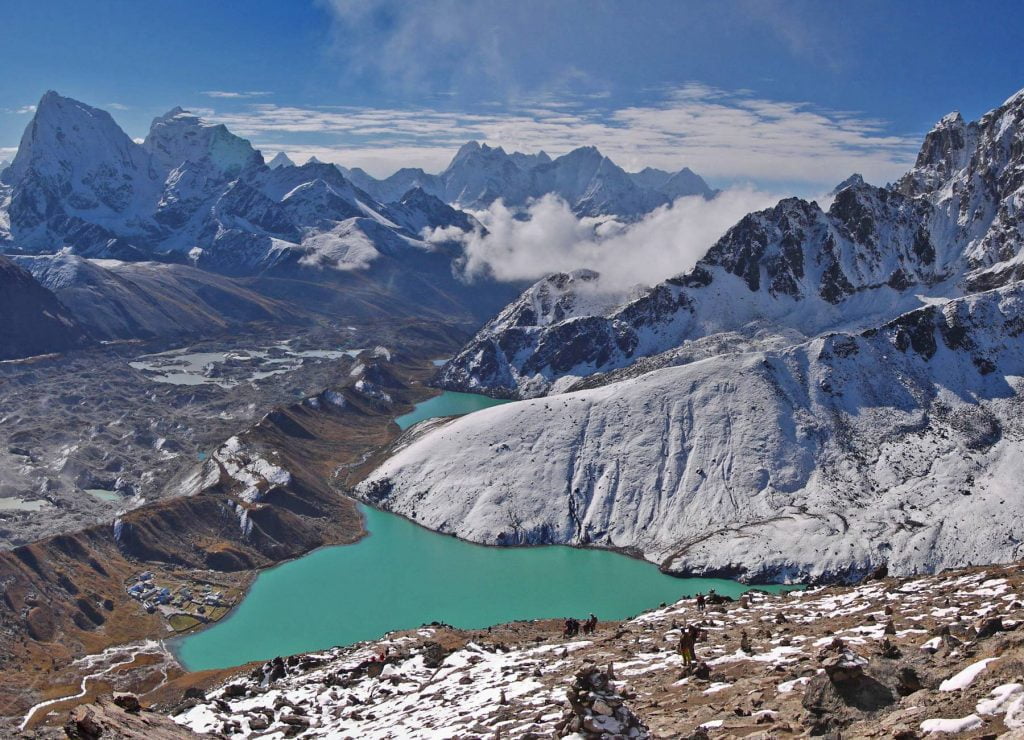
How Does This Actually Work?
Where we are unable to reduce our own emissions to zero, we pay for carbon credits to cover the balance. These credits are then committed towards green projects which will in turn, further reduce global CO2 emissions.
Projects in addition to those highlighted below are:
• Changbin and Taiching Wind Power in Taiwan
• Huóshuĭ Small Hydro in China
• Safe Community Water in Rwanda
• Prony Wind Power in New Caledonia
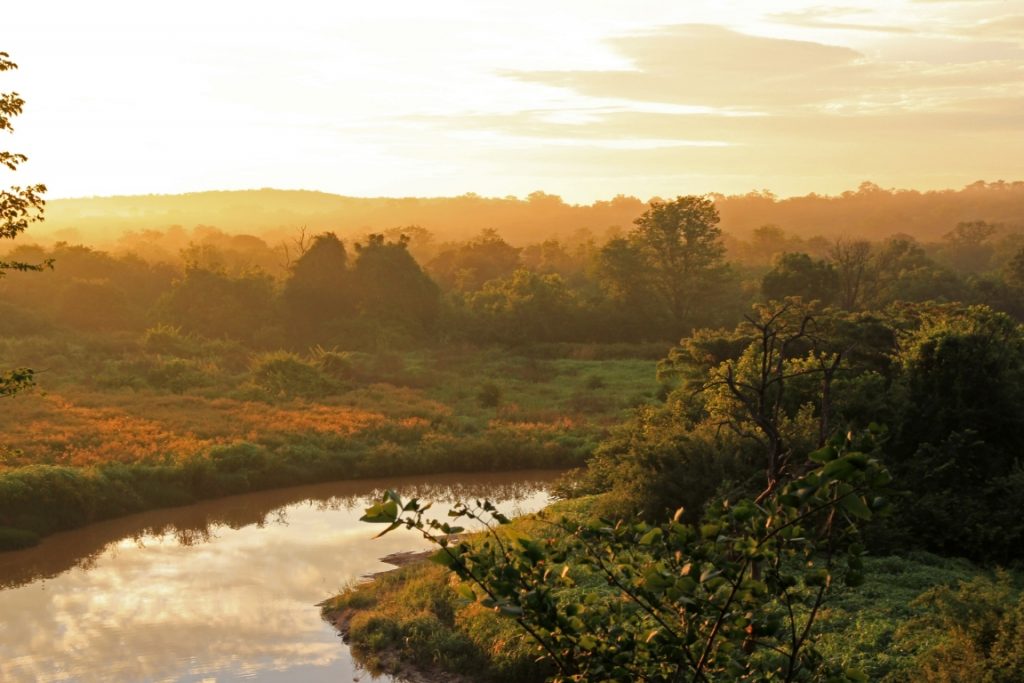
Kariba Forest Protection: The Kariba project is one of the largest community initiatives in the world and is administered by 4 local Zimbabwean councils of the Binga, Nyaminyami, Hurungwe and Mbire people. Since its launch in 2011, the Kariba project has protected nearly 800,000 hectares from deforestation and land degradation, preventing more than 18 million tonnes of carbon dioxide emissions from being released into the Earth’s atmosphere, while supporting regional sustainable development.
Everbright Landfill Gas: Here is a truly revolutionary project. In a country (China) where more than 80% of total electricity is generated from fossil fuels, largely coal, this project captures methane released by the Everbright land-fill and uses it to generate renewable electricity, all while preventing methane, a greenhouse gas 25 times stronger than carbon dioxide, from being released into the atmosphere!
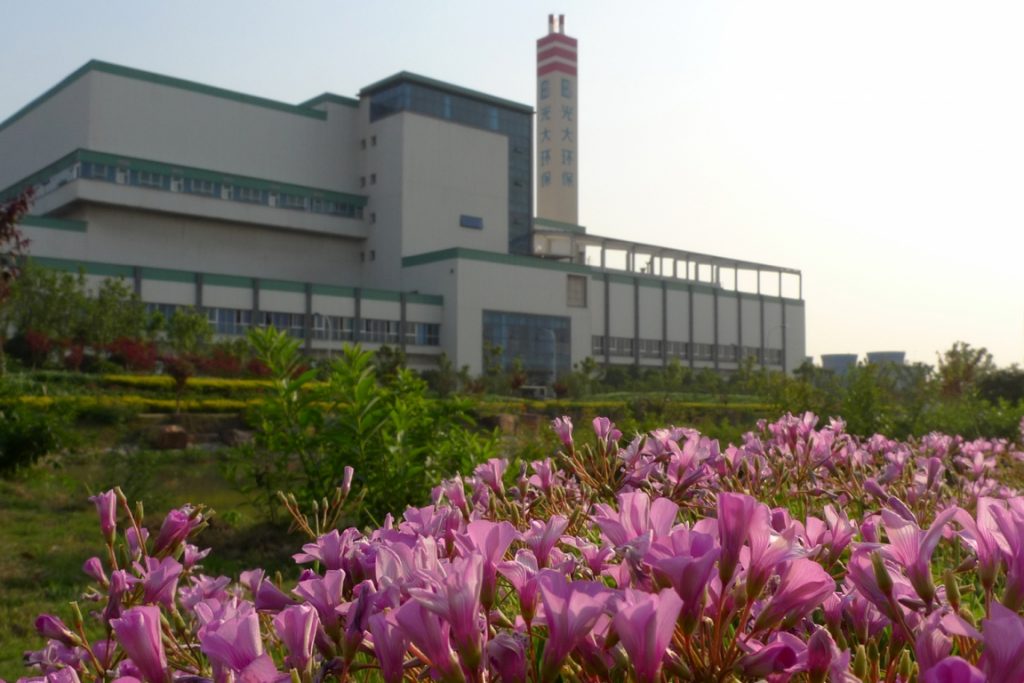
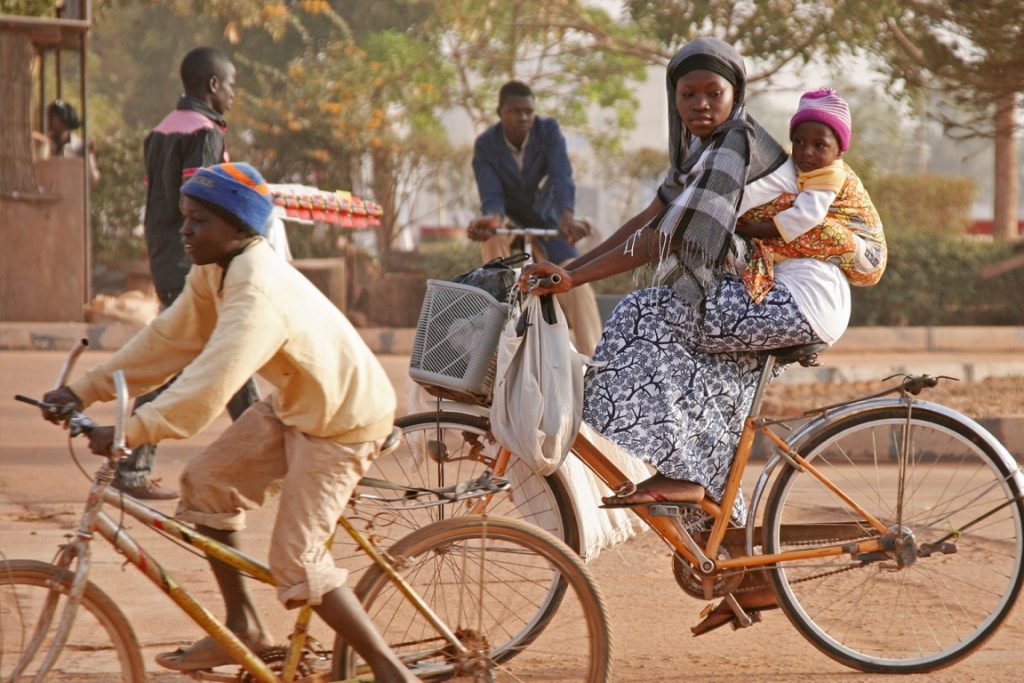
Velafrica: In many parts of Africa, affordable means of transport are scarce – 70% of people’s main mode of transport is by foot and the walk to freshwater or schooling can be a several hour affair. Accepting bikes of every make or condition, they are either repaired or utilised for parts and distributed amongst the needy of Burkina Faso, Eritrea, Gambia, Ghana, Madagascar and Tanzania to become an affordable, clean and reliable form of transport. This increased mobility particularly empowers women, who typically take care of most daily tasks, roughly 1/3 of all the bikes delivered to Burkina Faso are donated to women’s cooperatives!
This means every No Roads dollar, will now be making a global difference!
What We Calculate

That’s emissions from ALL flights. That connection from Adelaide to Sydney. The flight from Melbourne to Denpasar. A short charter from Port Moresby to Kokoda… you get the idea! If it’s part of your journey, it’s included!
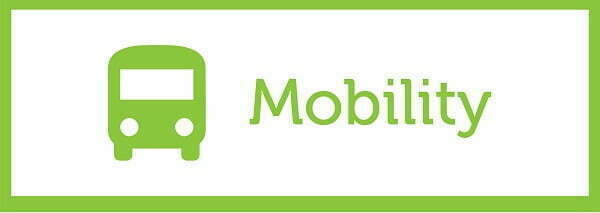
The carbon emitted to get to and from work for our staff. That’s right, even the daily commute is factored into this equation (fortunately this figure is very low as we work from our home offices).

No, this isn’t doubling up. This is the fuel used to get to a trailhead or a hotel and back, run a boat etc. It covers all transportation in-country by staff and visitors.

Any waste produced to administer or run the trip including paper, plastics, metals, glass… where we can’t completely remove these elements, we offset them here!

This is the energy used to run the business such as electricity or gas in our remote offices. We’d love to run things off some of our teams hot air, but that might prove a bit embarrassing for them!
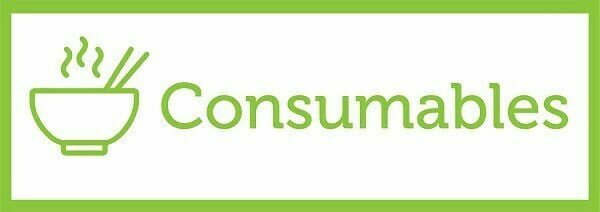
These include printers, cartridges, T-shirts, stickers, etc. All manner of little things that are used to run and promote No Roads Expeditions.

This is the accommodation used throughout the expedition, hotels, guest houses, huts, tents etc. Any emissions from these, such as heating and cooking are considered.

Carbon emitted to get products to and from a trip. This could be as simple as posting a T-shirt to a guest, or the delivery of a medical kit or satellite phone to a guide.


